
The VMN State Program office recognizes volunteers who complete 250, 500, 1,000, 2,500, 5,000, and 10,000 hours of service. These are cumulative volunteer hours starting when a volunteer joins the program. Many of our chapters recognize additional interim milestones and achievements.
Below, we have listed the volunteers (alphabetically, by chapter) who have achieved these milestones between July and December 2023. The list is based on information in our Better Impact volunteer management system.
These volunteers have done extraordinary levels of service and made important impacts that extend well beyond just the number of hours.
Thank you to Tiffany Brown, VMN Program Assistant, for compiling these lists!
Below, we have listed the volunteers (alphabetically, by chapter) who have achieved these milestones between July and December 2023. The list is based on information in our Better Impact volunteer management system.
These volunteers have done extraordinary levels of service and made important impacts that extend well beyond just the number of hours.
Thank you to Tiffany Brown, VMN Program Assistant, for compiling these lists!
| 250 Service Hour Milestone Deborah Chotner, Arlington Regional Nancy Cleeland, Arlington Regional Teresa McPalmer, Arlington Regional Brenda Seidman, Arlington Regional Anna Sherlock, Arlington Regional Maggie Siddle, Arlington Regional Lily Whitesell, Arlington Regional Linda Willen, Arlington Regional Lisa McKew, Banshee Reeks Conrad Varblow, Banshee Reeks Nancy McIntyre, Blue Ridge Foothills and Lakes Rob Pritchard, Central Blue Ridge Steve Barber, Central Piedmont Jenna Veazey, Central Rappahannock Russ Lescault, Central Virginia Kellie Piekarsky, Eastern Shore Rose-Marie Roessler, Eastern Shore Nancy Townsend, Eastern Shore Sheree Bracco, Fairfax Mary Bush, Fairfax Maryam Dadkhah, Fairfax Monica Hoffman, Fairfax Kevin Holland, Fairfax Katy Johnson, Fairfax Sevim Kalyoncu, Fairfax John Kelmelis, Fairfax Ronalda Meson, Fairfax Cindy Morrow, Fairfax Barbara Ryan, Fairfax JaneEllen Saums, Fairfax Stephen Tzikas, Fairfax Stephanie Wright, Fairfax Anna Maria Johnson, Headwaters Lisa Klein, Headwaters Donna Benson, Historic Rivers Jennifer Campbell, Historic Rivers Brad Glasebrook, Historic Rivers Bill Grass, Historic Rivers James Leech, Historic Rivers Joyce Lowry, Historic Rivers Tracy Melton, Historic Rivers Martha Moss, Historic Rivers Carol Parfet, Historic Rivers Stephen Parfet, Historic Rivers Marie Robertson, Historic Rivers Ted Sargent, Historic Rivers David Stansbury, Historic Rivers Therese Stansbury, Historic Rivers Randi Dandrea, Historic Southside Emily Wallace, James River Susan Farmer, Merrimac Farm Randy Freed, Merrimac Farm Bryan Graham, Merrimac Farm Bonnie Gray, Merrimac Farm Elizabeth (Betsy) Dern, Middle Peninsula Tomoko Hamada, Middle Peninsula Tara Hart, Middle Peninsula Kammie Lee, Middle Peninsula Sharon Walker, Middle Peninsula David Yeager, Middle Peninsula Jamie Lau, New River Valley Elizabeth Young, New River Valley Patricia Harris, Northern Neck Eric Hentges, Northern Neck Terry Jordan, Northern Neck Robert Bannister, Old Rag Thomas Gill, Old Rag Sandra Roberson, Peninsula Kate Schaller, Peninsula Joshquinn Andrews, Pocahontas Catherine Arnold, Pocahontas Jeanie Grandstaff, Pocahontas Eric Johnson, Pocahontas Nancy Carey, Rivanna Nancy Cohen, Rivanna Neal Grandy, Rivanna John Surr, Rivanna Rod Allen, Riverine Pixie Hamilton, Riverine Cathy Howard, Riverine John Johnston, Riverine Martha Jones, Riverine John McKenna, Riverine Maury Shaw, Riverine Peggy Siegel, Riverine Nancy Van Alstine, Riverine Larry Breech, Roanoke Valley Christina Gregory, Roanoke Valley Sue Bailey, Shenandoah Diana McHenry, Shenandoah Ursula Sherrill, Shenandoah Kevin Bezy, Southwestern Piedmont Valinda Dyer, Southwestern Piedmont Jayne Whitney, Tidewater | 500 Service Hour Milestone Chris Baroody, Alleghany Highlands Anne McKnight, Arlington Regional Alyssa Morel, Arlington Regional Janet Sasser, Arlington Regional Mary Hess, Banshee Reeks Bruce Kimmel, Banshee Reeks Carol Sottili, Banshee Reeks Kim Bryant, Central Blue Ridge Linda Hughes, Central Blue Ridge Madelyn Chappell, Central Rappahannock Jeanne Hartzell, Central Rappahannock Robert Wilkinson, Central Rappahannock Sue Coleman, Central Virginia Tim Coleman, Central Virginia Geraldine Baldwin, Eastern Shore Ann Quigley, Eastern Shore Beth Bosecker, Fairfax Josefina Doumbia, Fairfax Elaine Sevy, Fairfax Elizabeth Cooperstein, High Knob Barbara Creel, Historic Rivers Mona Overturf, Historic Rivers Julia Thomas, Historic Rivers Claire White, Historic Rivers Karen Wilson, Historic Rivers Mark Archibald, Holston Rivers Amanda Baxter, Holston Rivers Michael Dow, Merrimac Farm Melinda Landry, Merrimac Farm Jenny Meyer, Merrimac Farm Deb Bartok-Newton, Middle Peninsula Carolyn Evans, Middle Peninsula Carol Hopper Brill, Middle Peninsula Robin Mathews, Middle Peninsula Debbie Rollins, Middle Peninsula Colleen Sweet, Middle Peninsula Mara Grossman, New River Valley Carol Kauffman, New River Valley Andy Bailey, Northern Neck Buz Cox, Northern Neck Carolyn Strand, Old Rag Jere Willis, Old Rag Leigh Fenigsohn, Peninsula June Hartzler, Peninsula Sarah Bingham, Rivanna Julie Farrell, Rivanna Jennifer Gaden, Rivanna Ralph Henry, Rivanna JoAnna Hick man, Rivanna Stephen Knox, Riverine Becky Kyle, Riverine Eileen Tangley, Riverine Ken Tuley, Riverine Jeff Hoeppner, Roanoke Valley Karl Dydak, Shenandoah Ellen Jessee, Southwestern Piedmont Thomas Flatley, Tidewater 1,000 Service Hour Milestone Jill Baker, Arlington Regional Carolyn McGavock, Eastern Shore Beverley Rivera, Fairfax Fred Siskind, Fairfax Barbara Tuset, Fairfax Tom Washburn, Fairfax Myrel Short, High Knob Daniel Arbegast, Historic Rivers Tory Gussman, Historic Rivers Rose Ryan, Historic Rivers Cynthia Edwards, Historic Southside Donna Cottingham, James River Joan Golden, James River Charlie Grymes, Merrimac Farm Mike Grose, Middle Peninsula Sherry Rollins, Middle Peninsula Kat Sharp, Middle Peninsula Barbara Glaser, New River Valley Gennaro Iannaccone, New River Valley Alison Sowar, Northern Neck Dorothy Tepper, Old Rag Kenneth Carroll, Peninsula Jim Francis, Peninsula Kathy Cross, Pocahontas Jack Rayburn, Pocahontas Theresa Rayburn, Pocahontas Beth Kuhn, Rivanna Virginia Masterson, Rivanna Jerry Andrews, Riverine Catherine Farmer, Riverine Art Ritter, Riverine Mary Ellen Stohr, Riverine Carol Sutton-Abaire, Riverine Jane Taft, Riverine Clyde Wilson, Southern Piedmont Gael Chaney, Southwestern Piedmont Dorothy Haley, Southwestern Piedmont Eric Tichay, Southwestern Piedmont 2,500 Service Hour Milestone Brian Hirt, Alleghany Highlands Joanne Hutton, Arlington Regional Mary McLean, Arlington Regional Glenn Tobin, Arlington Regional Mary Frase, Fairfax Annie Palermo, Fairfax Keith Navia, Historic Rivers John Bunch, Historic Southside Susan Crockett, Middle Peninsula Dave Harlan, Middle Peninsula Judy McCord, New River Valley Camille Grabb, Northern Neck Thomas “Tom” McKee, Pocahontas Gareth Hunt, Rivanna Belinda Burwell, Shenandoah Kaycee Lichliter, Shenandoah Mary Keith Ruffner, Shenandoah Steven McCurdy, Tidewater Suzanne Moss, Tidewater 5,000 Service Hour Milestone These individuals are new members of the VMN Golden Circle. Brooke Alexander, Arlington Regional Jennifer Trevino, Historic Rivers Laura Mae, Tidewater |

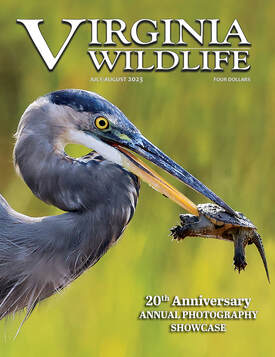
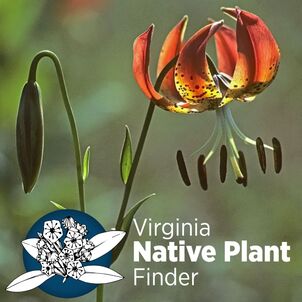
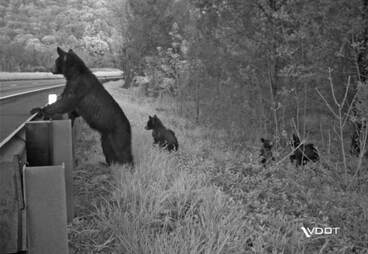
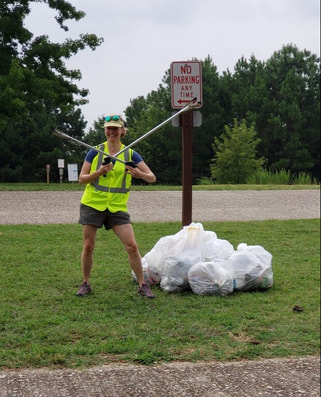
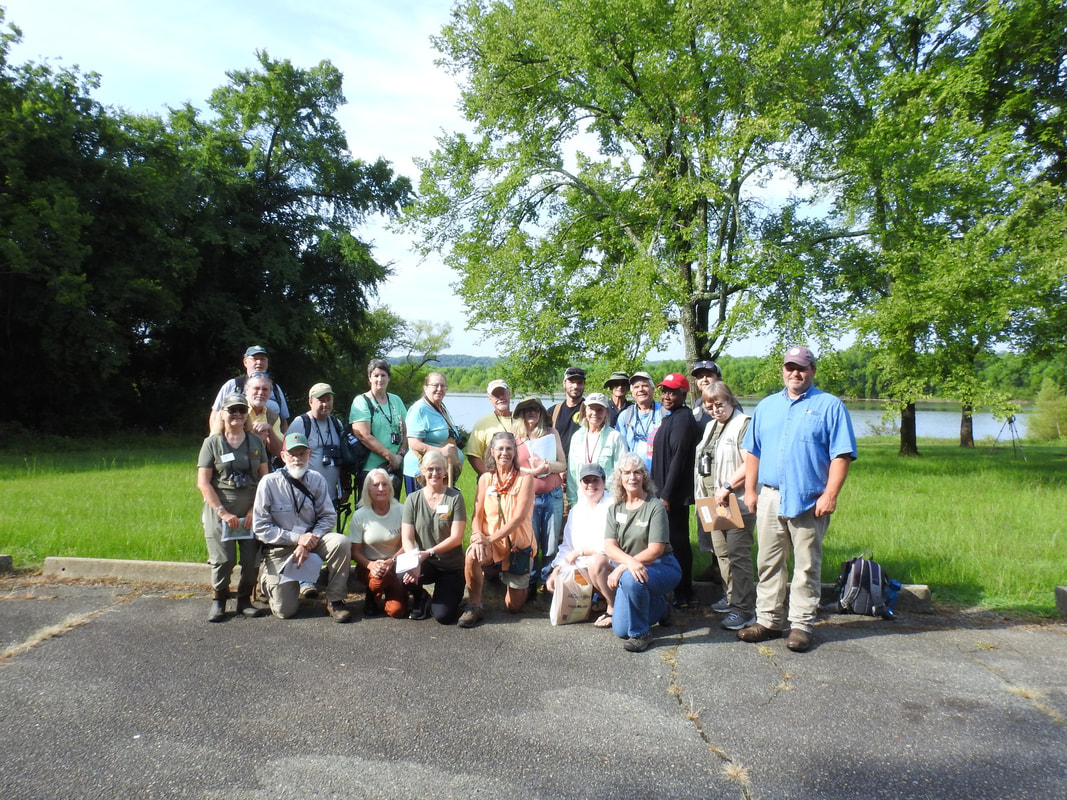
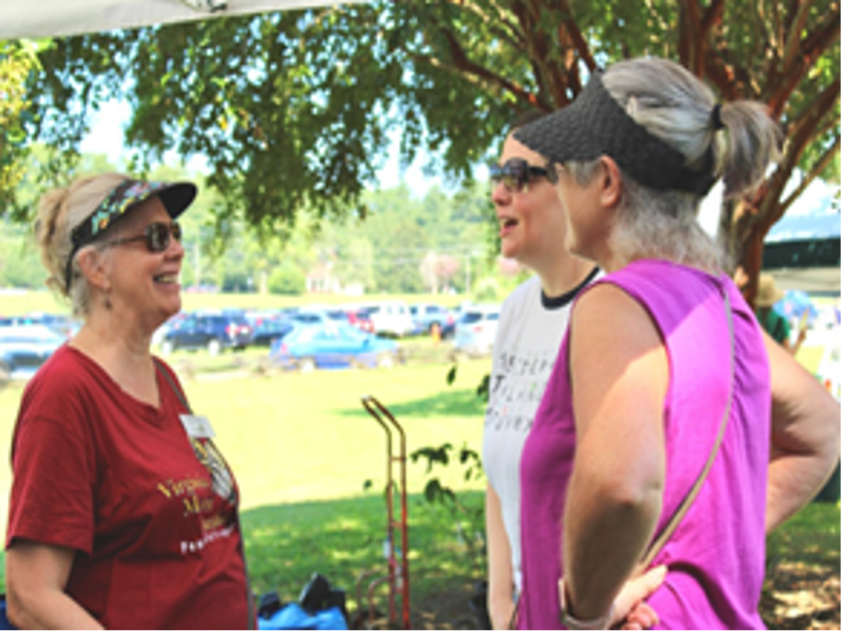
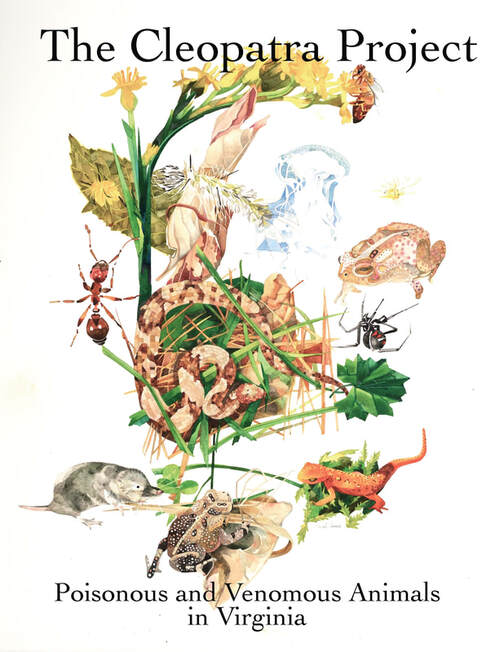
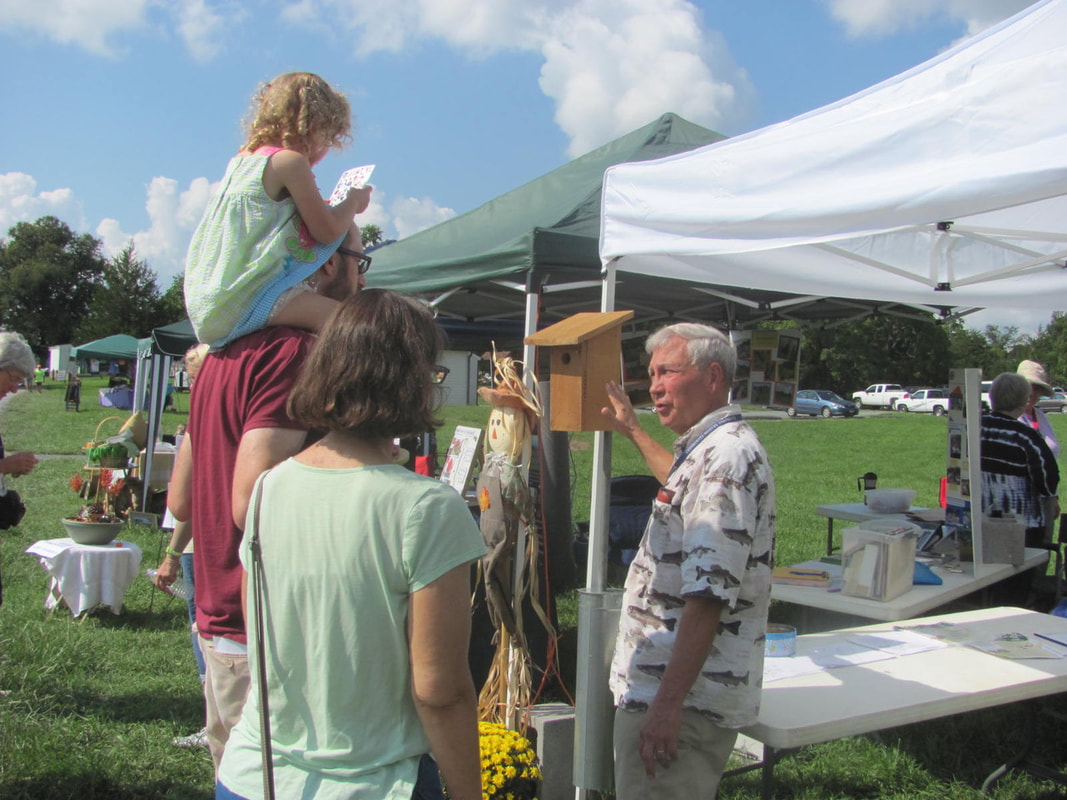
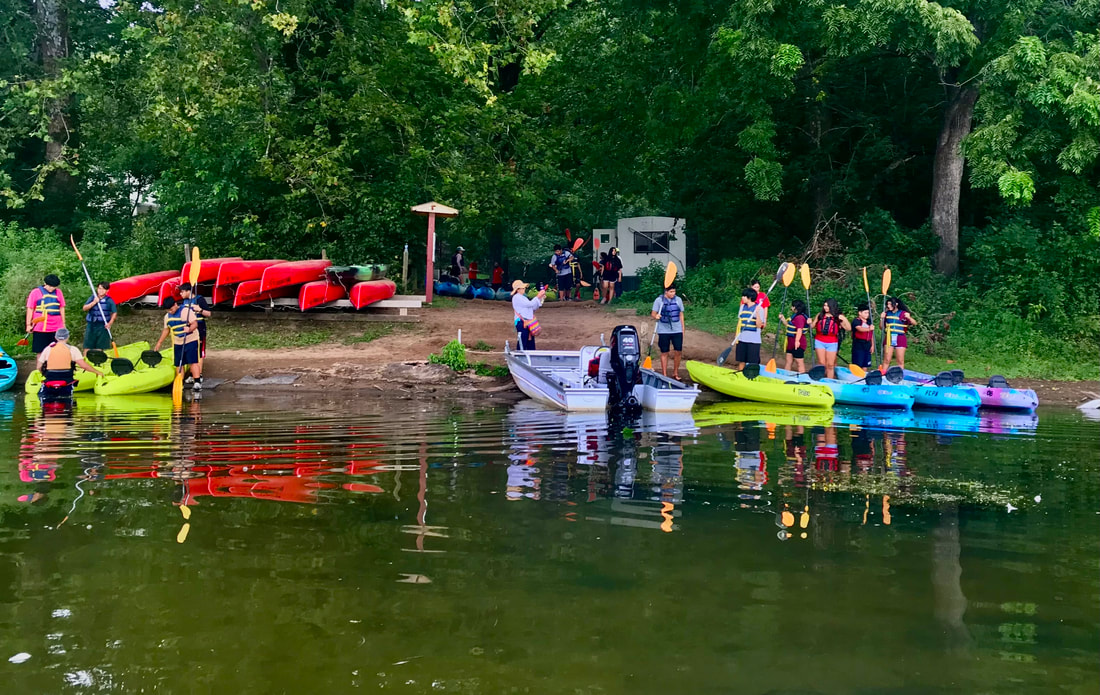
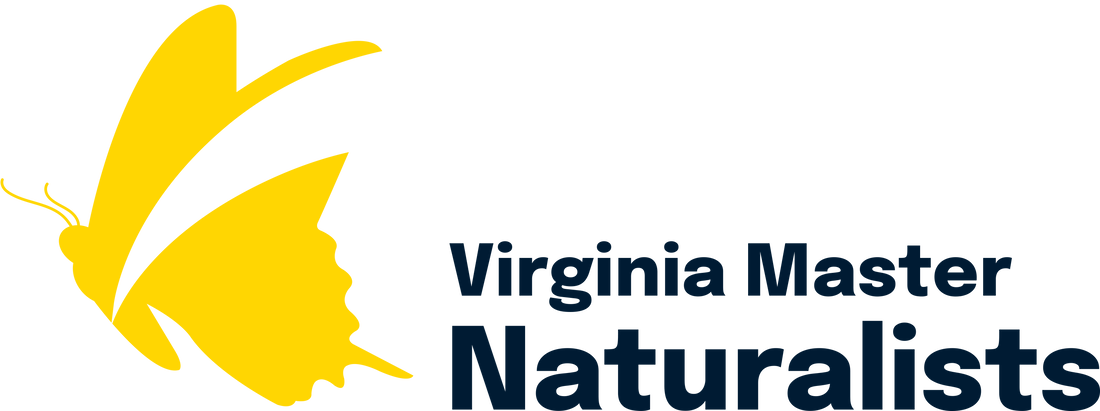
 RSS Feed
RSS Feed